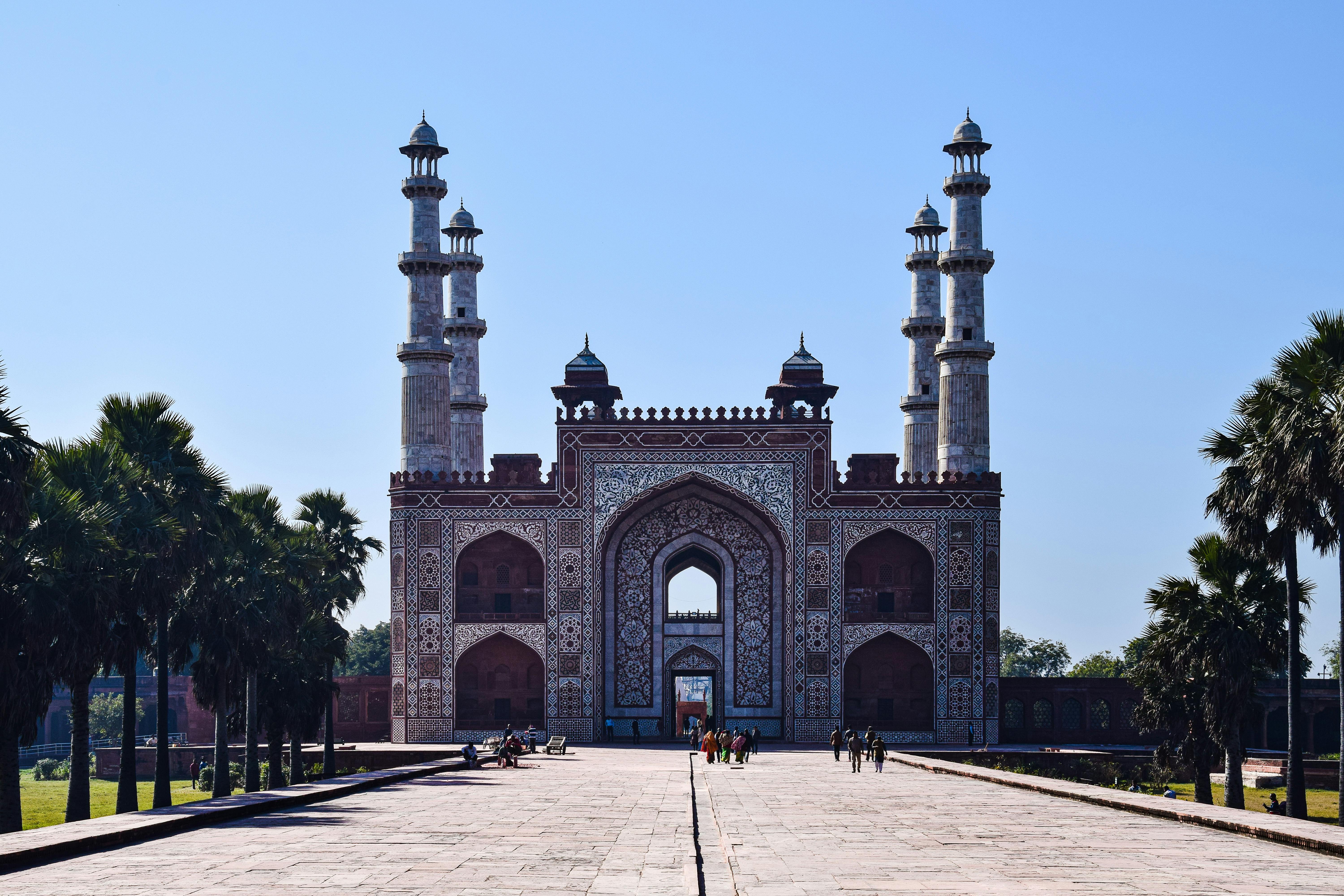🕓 Estimated Reading Time: 5 minutes
Overview
The Indian automotive market is a dynamic landscape, characterized by a persistent and significant demand for value-driven vehicles. For millions of prospective buyers, the aspiration of car ownership often aligns with a budget-conscious approach, making the segment of cars under 10 lakh rupees exceptionally vital. This price bracket represents the sweet spot for a large demographic, balancing affordability with modern features, safety, and efficiency. As the market matures, manufacturers are consistently innovating to offer compelling options that meet the diverse needs of Indian consumers, from urban commuters to small families, ensuring that quality and features are not compromised despite the competitive pricing.

Background & Context
India’s automotive sector has long been driven by the middle-class segment, where price sensitivity often dictates purchasing decisions. Over the past decade, rising disposable incomes and easier access to financing have fueled a surge in first-time car buyers, many of whom target the sub-Rs 10 lakh category. This segment is not merely about basic transportation; it has evolved to include vehicles with advanced infotainment systems, improved safety features, and a greater emphasis on fuel economy. The competitive environment among manufacturers has led to a constant upgrade in offerings, making it an opportune time for India car buying, particularly for those with a limited budget. The market has seen a shift from traditional sedans and hatchbacks to more popular compact SUVs and crossovers, even within this price range, reflecting changing consumer preferences for higher ground clearance and a more commanding road presence. This evolution underscores the significance of providing comprehensive choices in the affordable cars segment, catering to a broad spectrum of needs and desires.
Implications & Analysis
Choosing among the plethora of vehicles available within the Rs 10 lakh budget can be challenging, given the diverse options that promise a blend of performance, practicality, and features. Industry analyses, such as those published by Analytics Insight, frequently highlight specific models that consistently emerge as top contenders. These vehicles often represent the best cars India offers in terms of overall value proposition within this bracket.
One prominent example is the **Tata Punch**. This micro-SUV has garnered significant attention for its robust build, higher ground clearance, and an impressive safety rating (5-star Global NCAP), making it a popular choice for those seeking a sturdy and secure ride within the budget. Its contemporary design and practical cabin space appeal to urban dwellers and small families alike. Similarly, the **Maruti Suzuki Baleno** remains a strong contender in the premium hatchback segment. Known for its spacious interiors, refined engine, and excellent fuel efficiency, the Baleno offers a comfortable driving experience coupled with Maruti Suzuki's renowned after-sales service and reliability.
Another significant player is the **Hyundai Exter**, a relatively new entrant that has quickly carved a niche for itself. Positioned as a micro-SUV, it boasts a feature-rich cabin, including segment-first offerings like a dashcam, and a peppy engine suitable for both city and highway driving. Hyundai’s emphasis on design and technology makes the Exter an attractive proposition. The ubiquitous **Maruti Suzuki Swift** continues its reign as a top-selling hatchback, lauded for its agile handling, compact dimensions perfect for city traffic, and frugal engines. Its consistent performance and affordability contribute to its enduring popularity. For those prioritizing space and practicality, the **Maruti Suzuki Wagon R** stands out. Its tall-boy design translates to generous headroom and legroom, making it an ideal family car. These models underscore the fierce competition and the diverse choices available for prospective buyers focusing on cars under 10 lakh. Each vehicle offers a unique blend of attributes, from safety and performance to features and comfort, catering to specific consumer priorities within this budget-friendly segment.

Reactions & Statements
The sustained focus on the sub-Rs 10 lakh segment by major automotive players reflects its undeniable importance to market share and growth in India. Industry analysts frequently point out that this segment acts as a gateway for many first-time buyers, setting the stage for long-term customer relationships. 'Manufacturers are consistently refining their strategies to offer compelling value propositions in this competitive bracket,' states a recent market report on automotive trends in India, highlighting the continuous innovation in design, technology, and powertrain options. Consumer feedback also heavily influences product development, with a clear demand for features typically found in higher segments, such as improved connectivity, advanced safety systems (like multiple airbags and ABS with EBD as standard), and more premium interior finishes. This push for value has led to a scenario where discerning buyers can now access sophisticated vehicles without exceeding their budgetary limits. The emphasis on high localization of parts also helps manufacturers keep costs in check, enabling them to pass on benefits to consumers looking for budget cars India.
'The Rs 10 lakh price point remains the sweet spot for aspirational Indian consumers, driving intense competition and innovation among carmakers to deliver feature-rich, efficient, and safe vehicles.'
What Comes Next
Looking ahead, the sub-Rs 10 lakh automotive segment in India is poised for further evolution. The advent of electric vehicles (EVs) is beginning to trickle down into this price point, albeit slowly, with manufacturers exploring cost-effective battery technologies and charging infrastructure solutions. While mainstream electric cars under 10 lakh are still nascent, the next few years could see more affordable EV options emerge, driven by government incentives and technological advancements. Furthermore, the trend towards compact SUVs and crossovers is expected to continue, as consumers favor their versatile nature and assertive styling. Manufacturers will likely enhance safety standards across the board, making features like electronic stability control (ESC) and more airbags standard even in entry-level models. Connectivity features and integration with smartphone applications are also anticipated to become more ubiquitous, catering to the tech-savvy Indian consumer. The focus will remain on delivering a comprehensive package that combines economic operation, reliable performance, and a modern ownership experience, ensuring that the market for accessible and feature-rich vehicles continues to thrive.
Conclusion
The Indian automotive market’s sub-Rs 10 lakh segment is a testament to the country's unique blend of aspirations and practical considerations. It is a vibrant arena where leading manufacturers are constantly vying to offer the most compelling packages for consumers seeking value, reliability, and modern features without breaking the bank. From robust micro-SUVs like the Tata Punch and Hyundai Exter to efficient hatchbacks like the Maruti Suzuki Baleno and Swift, the choices available ensure that diverse consumer needs are met. This dynamic segment continues to drive growth in the Indian car industry, adapting to evolving preferences for safety, technology, and sustainable mobility. As the market progresses, consumers can anticipate an even broader array of innovative and affordable cars, solidifying India's position as a hub for budget-friendly yet high-quality personal transportation. For anyone contemplating India car buying within this budget, the current landscape offers an exceptional opportunity to acquire a vehicle that perfectly aligns with their requirements and lifestyle.
Comments
Post a Comment